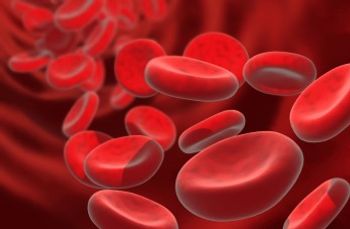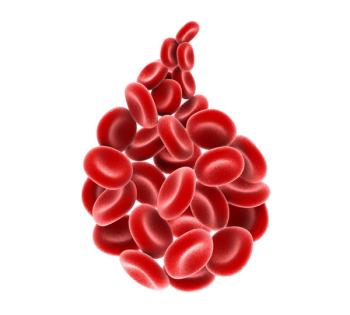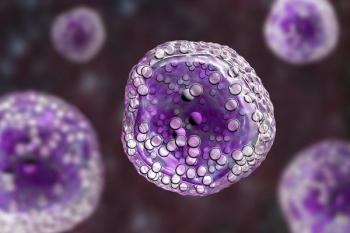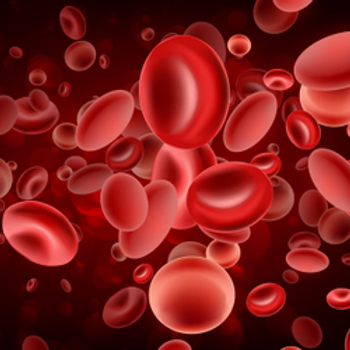
Oncology NEWS International
- Oncology NEWS International Vol 10 No 9
- Volume 10
- Issue 9
Epirubicin/Irinotecan in Advanced Cancers
WASHINGTON, DC-Irinotecan (Camptosar) and epirubicin (Ellence) both have single-agent activity in a number of cancers, and they have different toxicity profiles. John L. Marshall, MD, and colleagues at the Lombardi Cancer Center in Washington, DC, have been working on a phase I trial of epirubicin in combination with irinotecan in patients with various advanced cancers. Dr. Marshall, associate professor and director of Developmental Therapeutics and GI Oncology at the Lombardi Cancer Center reported that doses had to be lowered after the original protocol produced serious myelosuppression in the first four patients treated, but the study has recently reopened.
WASHINGTON, DCIrinotecan (Camptosar) and epirubicin (Ellence) both have single-agent activity in a number of cancers, and they have different toxicity profiles. John L. Marshall, MD, and colleagues at the Lombardi Cancer Center in Washington, DC, have been working on a phase I trial of epirubicin in combination with irinotecan in patients with various advanced cancers. Dr. Marshall, associate professor and director of Developmental Therapeutics and GI Oncology at the Lombardi Cancer Center reported that doses had to be lowered after the original protocol produced serious myelosuppression in the first four patients treated, but the study has recently reopened.
Irinotecan and epirubicin are given on day 1 and on day 8 every 28 days. Patients are evaluated every 8 weeks for response.
Due to concerns about myelosuppression, the starting irinotecan dose was 100 mg/m², which was about half of the recommended phase II dose. Epirubicin was initially given at 40 mg/m².
"We thought we were in good shape with those starting doses. We were wrong," Dr. Marshall said.
Questioning the Schedule
Two of the first four patients had grade 3/4 febrile neutropenia or thrombocytopenia. One patient had a minor response to treatment. Due to the high level of myelosuppression, the protocol has been altered to begin with irinotecan at 50 mg/m² and epirubicin at 20 mg/m².
"There was evidence of activity in the biliary tree, and we think it would be interesting to study this regimen in gastric gastroesophageal junction cancers, but we need to question the schedule and think about other ways to give this combination," Dr. Marshall said.
His group is also studying irinotecan in combination with exisulind, the sulfone metabolite of sulindac. Dose-finding studies are underway, and two clinical responses have been observed.
Articles in this issue
over 24 years ago
Avon Launches ‘Kiss Goodbye to Breast Cancer’ Campaignover 24 years ago
Occult Tumor Cells in Marrow Predict Breast Cancer Survivalover 24 years ago
No Long-Term Advantage for Complete Response to Neoadjuvant Chemo/RTover 24 years ago
New Agents Tested with 5-FU in Rectal Cancerover 24 years ago
Anticonvulsants Can Alter Irinotecan Metabolismover 24 years ago
Thalidomide Appears Effective in Early-Stage Myelomaover 24 years ago
New ‘Goals for Pain Relief’ Scale Proves Reliable in Pilot Studyover 24 years ago
GVAX Autologous Vaccine Shows Activity in Lung CancerNewsletter
Stay up to date on recent advances in the multidisciplinary approach to cancer.


















































































